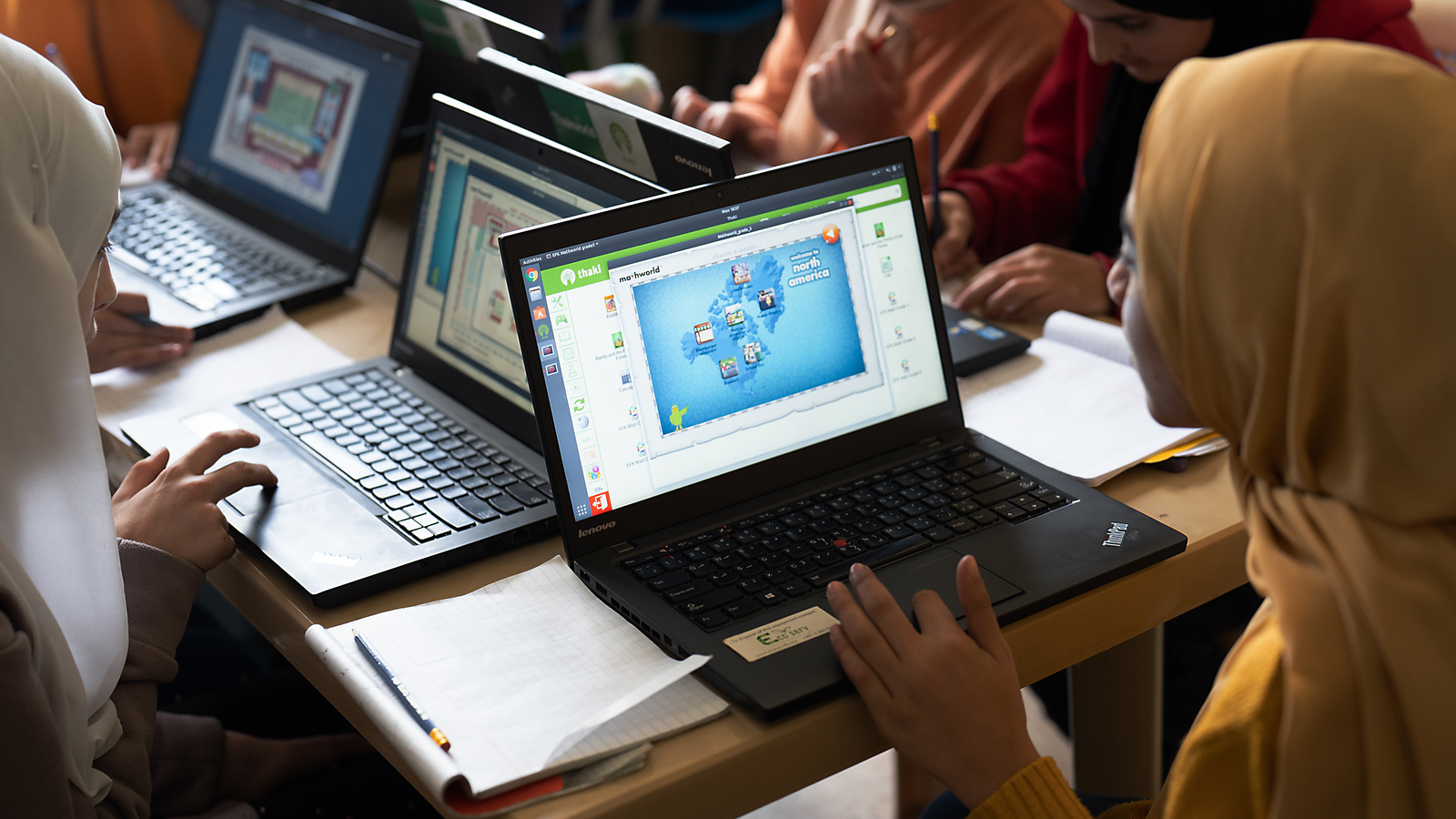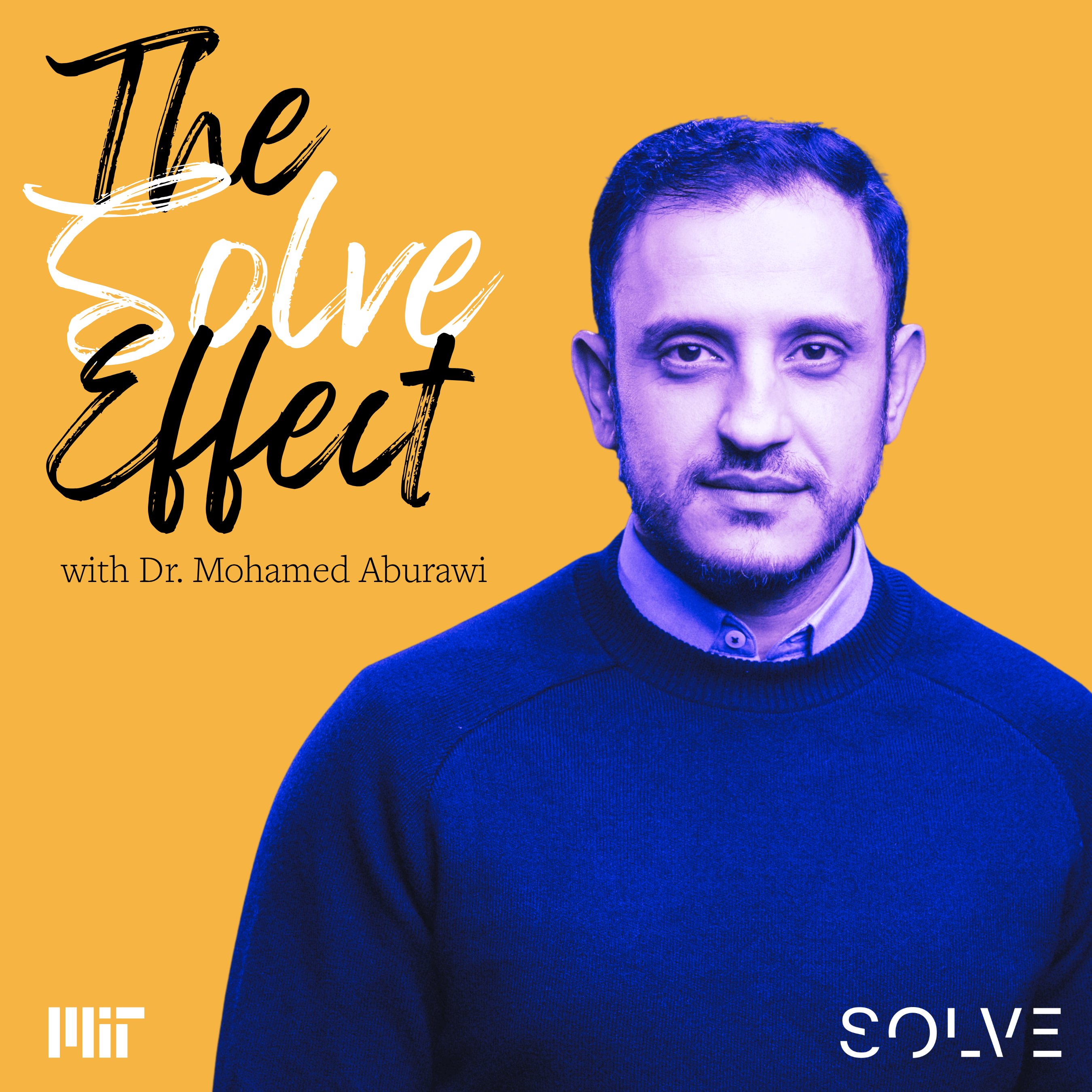
What Industry Experts Are Saying About Our AI Future
The global AI market is projected to expand at an annual rate of 37.3% between 2023 and 2030. While there are concerns about the potential negative impacts this accelerated growth could cause, 64% of businessesare optimistic that AI will enhance their overall productivity. What’s more, this growing belief in AI's capacity to revolutionize business processes coincides with the pressing need to bridge gaps across various global industries.
Whether it’s limited access to health care, generalized education, or insufficient resources in philanthropy work, experts foresee that the rapid advancement of technology will play a significant role in democratizing resources to address these challenges.
Here are a few existing applications across industries.
Health care
Over 75% of cases involving chronic respiratory diseases like Asthma, Chronic Obstructive Pulmonary Disease, and Post Tuberculosis Lung Impairment go either undiagnosed or are diagnosed late.
High expenses associated with pulmonary function tests, shortages of skilled technicians, and a lack of pulmonologists at primary care levels restrain the accessibility of these essential services.
Briota Technologies, a provider of AI-enabled primary health care services in India, extends screening and diagnostic services directly to local communities. Having served over 100,000 individuals in the comfort of their homes, this solution eliminates the need for them to journey to a district hospital.
“AI is helping us to democratize this diagnostics process which was available only to a select few,” says Dr. Gajanan Sakhare, founder of Briota.

Briota’s Spirometry Assisted Virtually Early (SAVE) uses generative AI to streamline standard procedures, reducing reliance on highly specialized medical expertise and enabling available semi-skilled workers to conduct tests and diagnoses.
While Sakhare emphasizes the irreplaceable proficiency of a skilled doctor, he acknowledges that emerging technology can handle routine tasks and negate the necessity for an expert to be physically present for health services when one is unavailable. By harnessing AI, individuals lacking the expertise of specialists can execute tasks typically reserved for such professionals.
“AI is assisting a semi-skilled person to become––to some extent––a skilled person,” said Sakhare.
Education
Throughout the US, educators who oversee numerous students are often limited in their ability to provide each learner with individualized attention.
Vic Vuchic, Senior Advisor to the President of US Programs at the Bill & Melinda Gates Foundation, focusing on AI/Machine Learning and digital initiatives, is observing the use of AI-powered adaptive tutors and courses in real-time.
“That automated feedback can now happen for all kids in the classroom or even at home while they're trying their homework, which is incredible,” says Vuchic.
There are also platforms trained on topic-specific data to automate lesson plans, incorporating relatable narratives, concepts, and stories to render word and practice problems more meaningful and memorable for students.
“You can imagine doing that for a huge diversity of cultures, races, and backgrounds, and being able to personalize based on interests of learners–that’s an extensible approach that could really change how learners engage and have educators support them,” says Vuchic.
Philanthropy
About 75% of nonprofit organizations have experienced an increase in demand for their programs, while around 68% are facing a reduction in funding, resulting in a notable volume of turnover and burnout across the sector.
According to Nick Cain, Director of Strategic Grants, the Patrick J. McGovern Foundation is advocating for the adoption of generative AI to streamline labor-intensive tasks for burdened workers. Cain predicts integrating AI into philanthropic endeavors can enable companies to create new campaigns, manage donor engagement, and explore innovative approaches to drive positive social impact.
“It can lower the barrier to entry to do those things, and when you better understand your data, you might uncover a new service you want to offer,” says Cain. “You might uncover an insight about the community that you're serving that you wouldn't have found otherwise.”
Embracing AI and ML
Enhancing user productivity
In 2005, a team of two amateur chess enthusiasts clinched victory in the computer-assisted PAL/CSS Freestyle Chess Tournament, besting teams of chess grandmasters. Lacking the chess skills and powerful computers held by other participants, they won by effectively balancing computer recommendations with their own strategic judgment.
Vuchic uses this anecdote to demonstrate that simply possessing powerful technology is insufficient to achieve a desired objective.
“You can have access and you can have compute, but if the users are not using the technology in appropriate ways, they will not get the impact that was intended,” says Vuchic.
“What are these tools? What might I be able to do with these tools? What are my organization’s strengths? What assets do I have access to? What are reasonable places that I might want to insert technology into my work?”
These are questions that Cain encourages people to entertain as they consider AI integration into company operations. Like Vuchic, he has observed instances where people overlook the necessary thoughtful process required for effective AI implementation.
Cain advises people to invest time in defining the problem, assessing whether technology is the appropriate solution and only then proceeding to gather resources for integration and development.
“You don't just magically come up with the right role for AI in your work,” says Cain.
Keeping close attention to data quality plays another role in the process. Given the potential for inaccurate feedback, Scott Hallworth, Chief Data & Analytics Officer at HP Inc. emphasizes the importance of preserving the integrity of data fed to AI and ML.
“It is very important to have transparency in the data being used and understand where it is coming from,” says Hallworth, “and being able to constantly monitor and train these models so they become more reliable.”
Hallworth proposes embracing an "AI Ready" mindset, involving open discussions about AI and allowing its seamless integration into our daily routines, much like the widespread use of smartphones.
“You apply it, you talk to your friends, and you talk to the community,” says Hallworth. “You see what other people do and how they apply it—or you just play with it to figure out what it can and cannot do in terms of best practices.”
Navigating anticipated job evolution
Cain recommends welcoming AI and ML’s anticipated impact with optimism rather than worrying about the types of jobs it has the potential to eliminate.
“I think the better framing is what are the jobs it can help expand and amplify?” says Cain. “Their creativity is amplified by their ability to have almost like a digital thought partner to bounce ideas off of and spark their next idea.”
The most rapid growth of AI use may occur in the realm of chatbot assistance. Hallworth says that individuals seeking products or services online will be interacting with virtual agents that offer expedited responses instead of solely relying on a service representative to sift through documents, FAQs, or logic trees to answer questions.
Local chatbot assistants are also expected to aid in summarizing insights from a spreadsheet or local PDF. While the technology is predicted to enhance productivity, it may also require careful oversight.
“This is what I see having the fastest growth, but it’s also probably the area that we have to be most disciplined in to maintain reliable and credible responses,” says Hallworth.
Ensuring diligent supervision over AI could prove crucial in fostering the future efficiency of the technology. Because the digital tools available today may look completely different in a few years, Vuchic stresses the importance of avoiding attachment to current solutions. Instead, he advises a focus on continual improvements and updates that users facilitate to ensure reliability and reap future benefits.
It's actually about cycling through these solutions and supporting people while continuously improving versus optimizing for the solutions that are perfect today,” says Vuchic.
Learn about Solve's genAI for social impact research
Receive study updates
Tags:
- Learning
- Health
Related articles
-
“Education is the one thing you can take with you.” A Q&A with Rudayna Abdo, Founder and CEO, Thaki

-
A LEAP in evidence-based innovation for education
How to address the need for evidence-based innovation in education by empowering researchers, social entrepreneurs and education organizations to work together.
-
A Visionary Healthcare Innovator: Dr. Mohamed Aburawi on Tech, Healthcare, and Impact Investing
In the newest episode of The Solve Effect, Dr. Mohamed Aburawi shares how building in crisis can spark innovation that lasts.